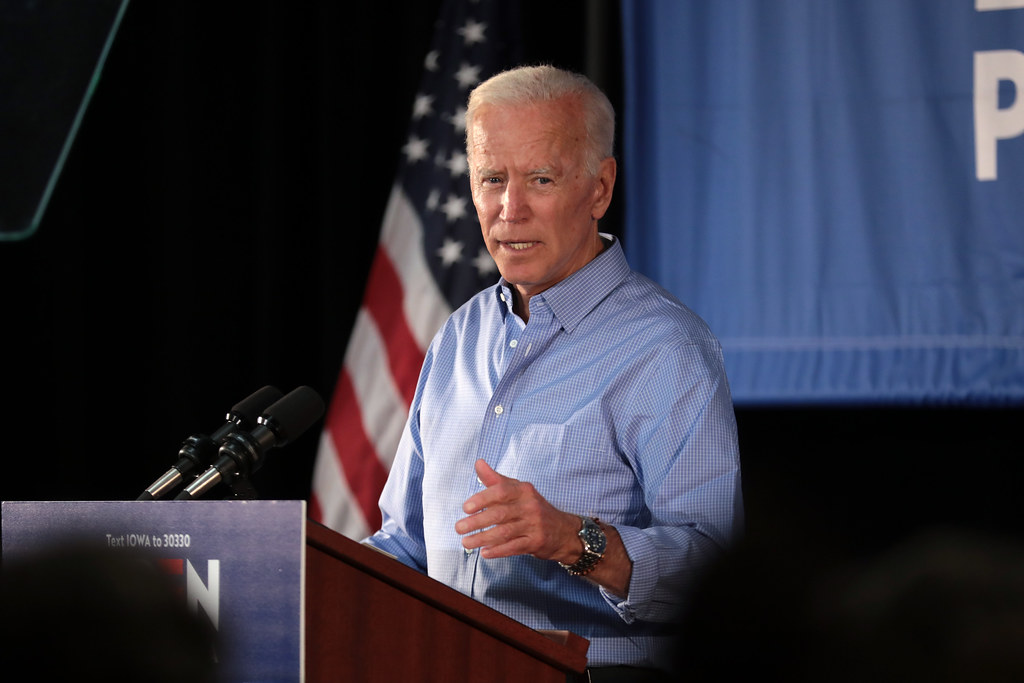
One of President Joe Biden’s first legislative priorities will not build bridges between the highly partisan forces in Congress. Rather than focusing on infrastructure or defense spending, two issues which both Republicans and Democrats agree must be addressed, Biden and his advisors have decided to force immigration reform — in the form of mass amnesty — upon a fiercely divided Congress and nation.
The election of former President Donald Trump in 2016 showed that many Americans saw grave problems with the current, permissive immigration system.
The liberal approach to immigration has been in place since the passage of the 1965 Immigration and Nationality Act — legislation which greatly lessened the immigration restrictions that were generally upheld since the republic’s beginning. Over the last half century, the discussion of immigration and the granting of citizenship to undocumented migrants has shifted toward one of acceptance, as opposed to enforcing existing laws and deporting those who illegally reside in the United States. According to Pew Research, the number of unauthorized immigrants living in the United States is around 10.5 million, or roughly a quarter of the foreign-born population.
Members of both parties speak often about providing “pathways to citizenship” for this category of immigrant. This often involves providing temporary residence status with the expectation that the individuals in question will attain citizenship legally through bureaucratic process. While the various humanitarian crises on the border are terrible and deserve our attention, prudence should prevent us from acting in a rash way.
The fault in Biden’s plan does not lie in his desire to grant legal residence status, but in the implications of what his “pathway to citizenship” entails. He fails to recognize the immense strain on the bureaucracy that such a proposal would cause.
The current average time to complete all steps in the naturalization process is roughly 1.5 years, according to U.S. Citizenship and Immigration Services. However, such an expansion in the number of applicants would increase stress on the system to a point where individuals would get lost in the bureaucracy and possibly collapse the federal immigration system.
To prevent this, we need a far more pragmatic approach. The current plan is tenuous, poorly planned, and ideological. Simply providing a blanket pathway to citizenship ignores nuance and intricacy, not to mention the individual cases and characters of currently undocumented immigrants.
This is not to say that there is no solution to this crisis: a number of nations have enacted common-sense immigration reform that accounts for unique circumstances and for the individual talents that immigrants can bring to their nation. Notably, the Australian-style point system allows for a great amount of flexibility and ensures that that country only takes in those migrants which would benefit the nation’s economy. Such a proposal has been made in the United States, in 2017’s RAISE Act, which put a cap on issuances of green cards and changed the system to one that actively rewards skilled immigrants as opposed to unskilled ones.
While we ought to protect the rights of migrants and provide shelter for those genuinely needing refuge, we must also be sure to protect the well-being of the American worker by preventing “insourcing” — the importation of workers to replace native workers at a lower salary. In 2007, Sen. Bernie Sanders of Vermont — hardly an ideological conservative — opposed a bipartisan bill that would have increased the number of green cards issued because he saw it as a threat to the average worker. A nation exists to serve its citizens, not its corporations. All politicians, regardless of party, should agree on that.
Jack Little is a sophomore studying history.

